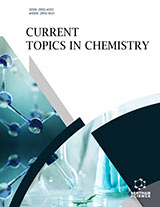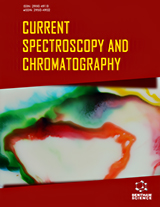Abstract
Recent experiences with liquid chromatography-quadrupole ion trap-mass spectrometry (LC-QITMS), as an analytical tool for determining trace amounts of organic contaminants in food and environmental samples, are addressed in this review. A brief introduction to the fundamental theory for quadrupole ion trap devices illustrates possibilities and limitations of this technique. Special attention is paid to the impact of sample preparation and chromatography on the ionization efficiency of analytes isolated from complex food and environmental matrices. The capacity to provide useful data for quantifying organic contaminants, and the possibility of obtaining structural information for identifying target and non-target compounds, are discussed. The flexibility, high sensitivity and multi-stage tandem mass spectrometric capability of the QIT are all illustrated. Contemporary applications of this technique to study organic contaminants in food and environment are presented.
Keywords: mass spectrometry, qit, tandem mass spectrometry, liquid chromatography, organic contaminants, food and environment
Current Analytical Chemistry
Title: Liquid Chromatography-Ion Trap-Mass Spectrometry and its Application to Determine Organic Contaminants in the Environment and Food
Volume: 1 Issue: 3
Author(s): Vicente Andreu and Yolanda Pico
Affiliation:
Keywords: mass spectrometry, qit, tandem mass spectrometry, liquid chromatography, organic contaminants, food and environment
Abstract: Recent experiences with liquid chromatography-quadrupole ion trap-mass spectrometry (LC-QITMS), as an analytical tool for determining trace amounts of organic contaminants in food and environmental samples, are addressed in this review. A brief introduction to the fundamental theory for quadrupole ion trap devices illustrates possibilities and limitations of this technique. Special attention is paid to the impact of sample preparation and chromatography on the ionization efficiency of analytes isolated from complex food and environmental matrices. The capacity to provide useful data for quantifying organic contaminants, and the possibility of obtaining structural information for identifying target and non-target compounds, are discussed. The flexibility, high sensitivity and multi-stage tandem mass spectrometric capability of the QIT are all illustrated. Contemporary applications of this technique to study organic contaminants in food and environment are presented.
Export Options
About this article
Cite this article as:
Andreu Vicente and Pico Yolanda, Liquid Chromatography-Ion Trap-Mass Spectrometry and its Application to Determine Organic Contaminants in the Environment and Food, Current Analytical Chemistry 2005; 1 (3) . https://dx.doi.org/10.2174/157341105774573965
| DOI https://dx.doi.org/10.2174/157341105774573965 |
Print ISSN 1573-4110 |
| Publisher Name Bentham Science Publisher |
Online ISSN 1875-6727 |
 4
4
- Author Guidelines
- Bentham Author Support Services (BASS)
- Graphical Abstracts
- Fabricating and Stating False Information
- Research Misconduct
- Post Publication Discussions and Corrections
- Publishing Ethics and Rectitude
- Increase Visibility of Your Article
- Archiving Policies
- Peer Review Workflow
- Order Your Article Before Print
- Promote Your Article
- Manuscript Transfer Facility
- Editorial Policies
- Allegations from Whistleblowers
- Announcements


























